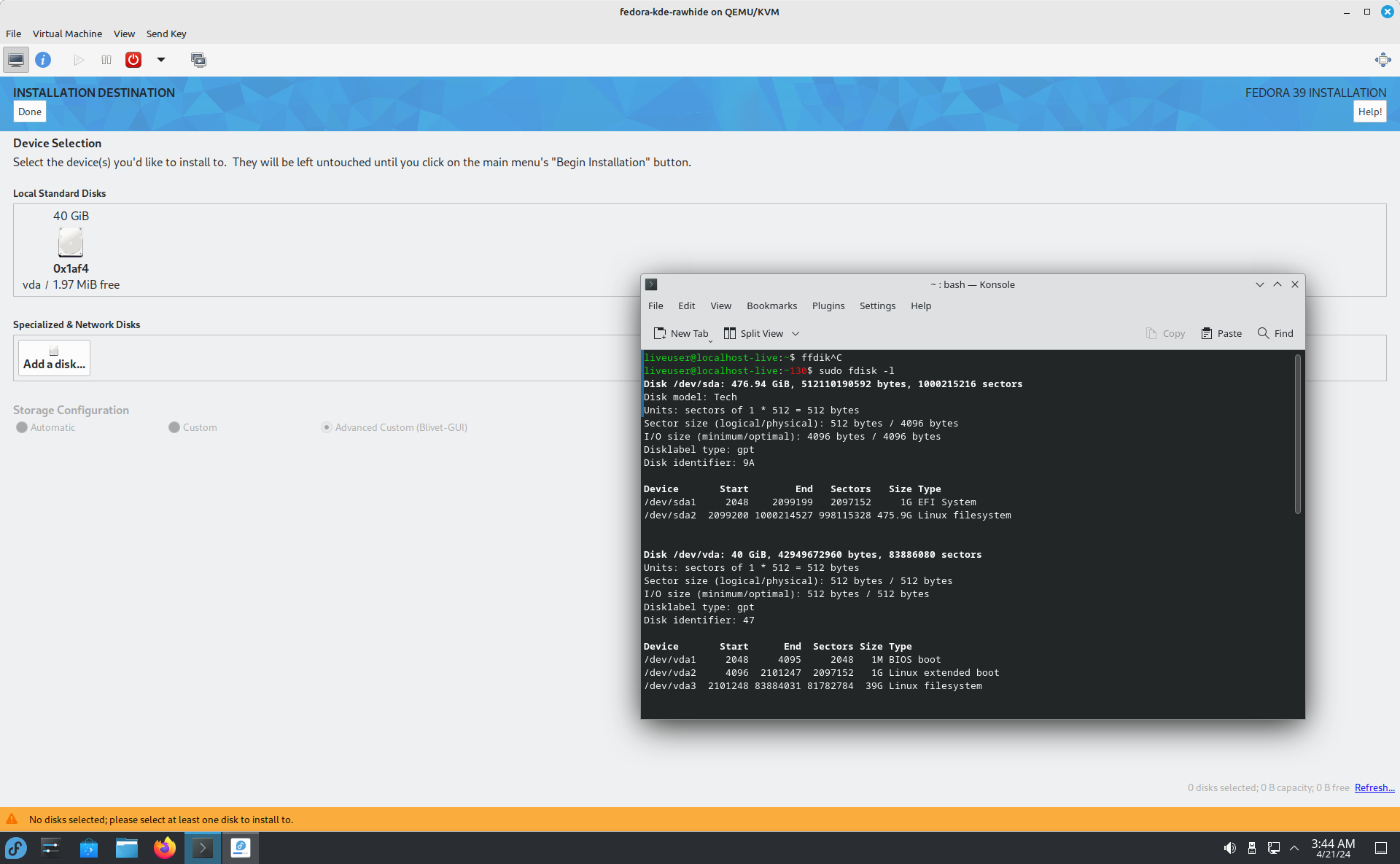I understood Matthew’s position as “this should be discussed in the Workstation WG first”, not as a “no”:
in favor of the process outlined above (tl;dr: talk to the Workstation WG, and if that does not come to a satisfying outcome, file a Council ticket for next possibilities).
It also seemed more likely that they would promote KDE without demoting Gnome.
But was there a follow-up on that (e.g. in the Workstation WG)?









I’m not sure I follow… Did the Fedora Council actually take a decision?